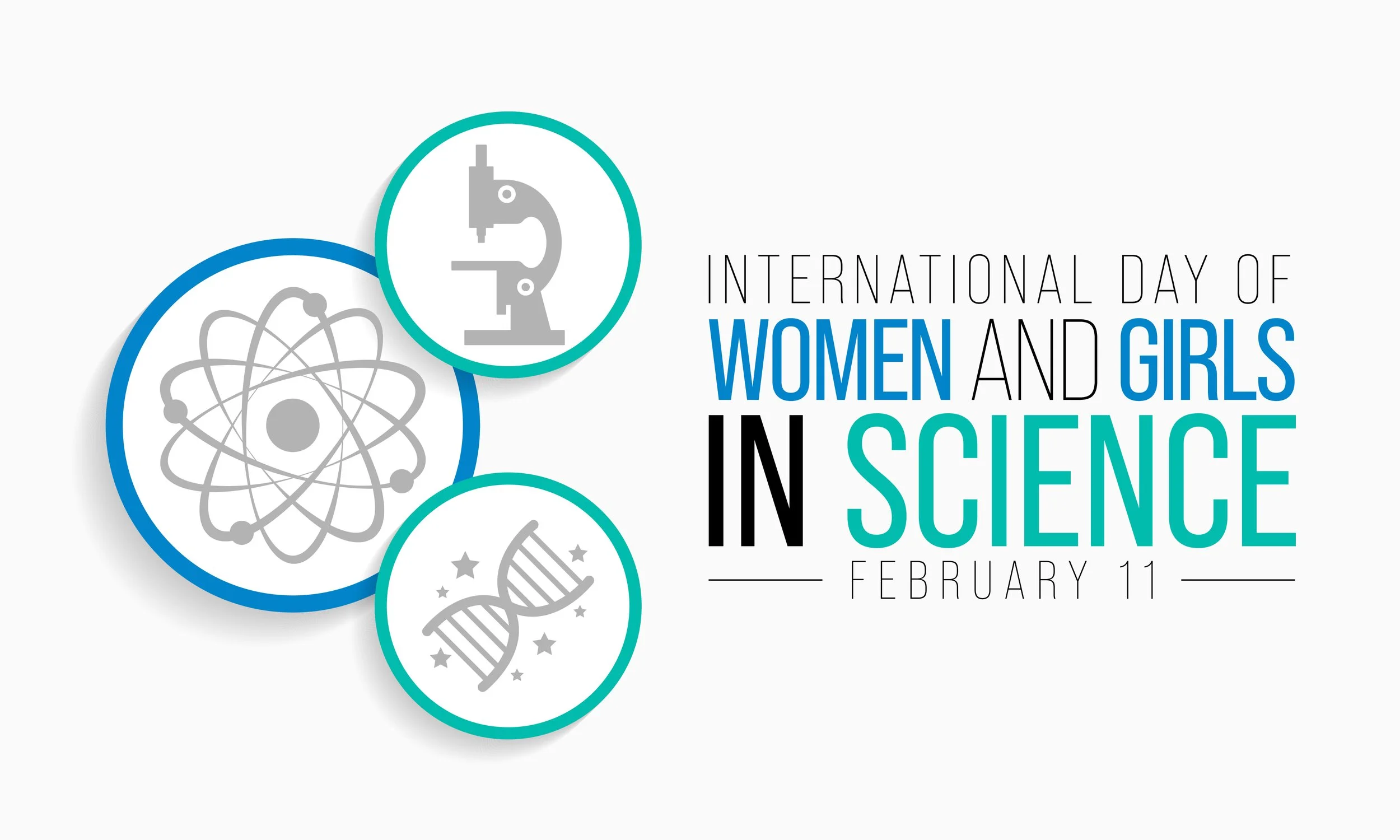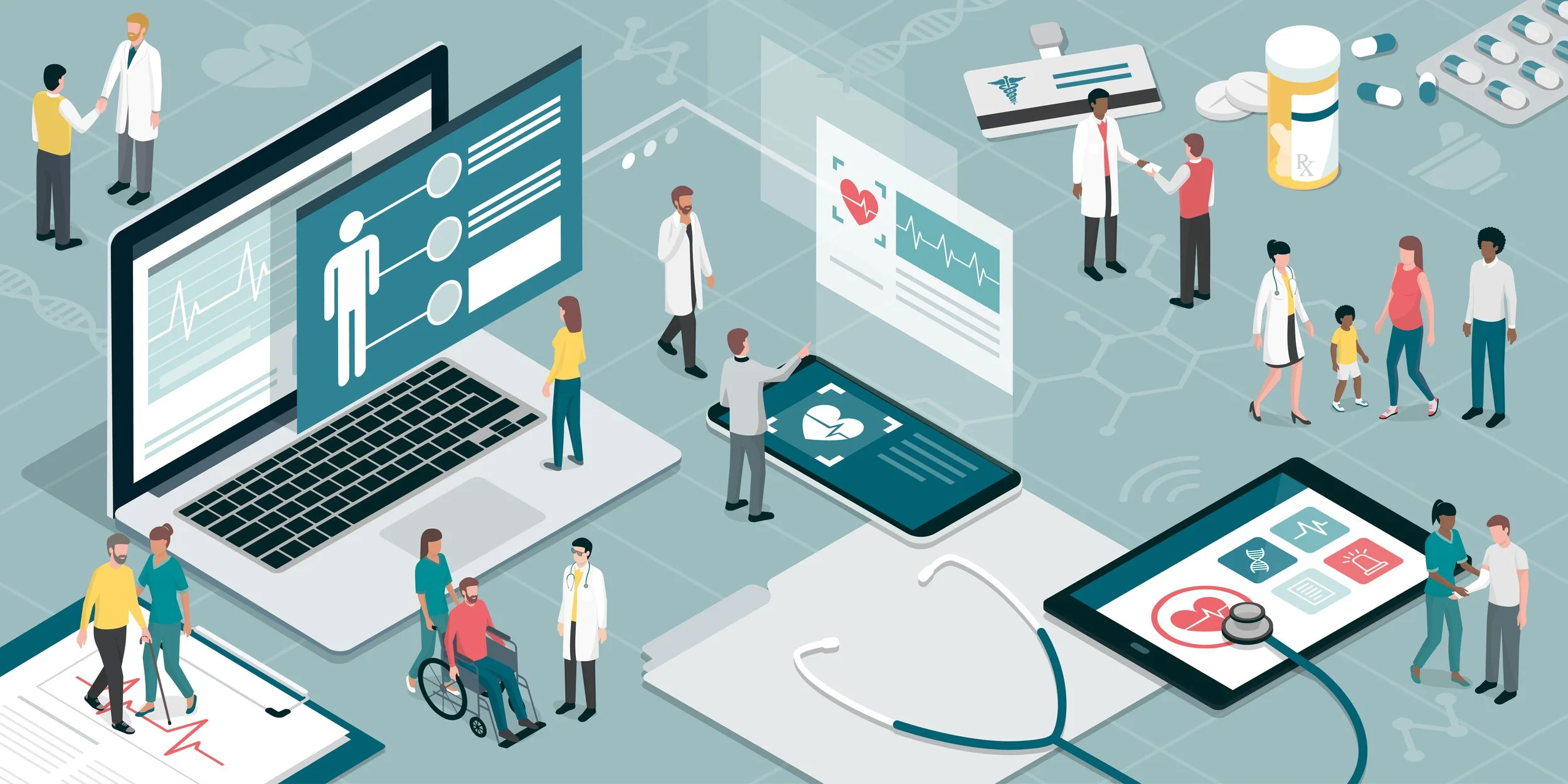BEAM BLOG
Insights, innovation, and industry trends from the team that is setting the standard for measurement-based care and empowering providers to advance proactive, patient-centered healthcare.
The Power of Small Business: Excelling in the Demanding World of Healthcare
As a small business, it is important to leverage every unique advantage you have to break healthcare market. Small health tech businesses have a superpower – their ability to build genuine, collaborative partnerships. In our latest blog, we cover what aspects you should focus on to maximize your small business’s superpower.
The Stigma Surrounding Mental Health Disorders and Its Impact
Most people could tell you that there is a stigma surrounding mental health disorders, such as alcohol and substance use disorders, whether they have felt it personally, heard about others’ experiences, or unknowingly contributed to it. And it’s a large reason why individuals with behavioral disorders do not or cannot get the care and treatment needed. Read on to learn about the different types of stigma surrounding mental health, what influences them, and their impact on individuals and healthcare.
Women’s History Month: Honoring Women In S.T.E.M.
From immunizations to space explorations, the BEAM Team highlights their favorite women in stem in honor of Women’s History Month.
How A Scientist Became A CEO
This Women’s History Month, we’re looking back on and celebrating our own history of how BEAM’s founder, Sarah Snider, Ph.D., took her work from bench to bedside. The following Q&A gives a peak into the Dr. Snider’s exciting career and her motivation behind BEAM’s founding.
Work-Life Harmony: A New Perspective on Balance and A Business’s Responsibility to Its People
The term "work-life balance" is widely used to describe an equilibrium between work and life, implying that both give and take in equal measure and that there is a correct quantity that should be given to each. It's time to stop thinking there should be a balance and start working towards “work-life harmony.” Read more about how employers and their employees can create a workplace that empowers everyone as “people first,” grows businesses sustainably, and creates work-life harmony.
BEAM Employee Spotlight – International Day of Women and Girls in Science
February 11th is the International Day of Women and Girls in Science, honoring women’s amazing achievements and crucial roles they have in Science, Technology, Engineering, and Mathematics (STEM) industries. And what better way to celebrate, than spotlighting the BEAM Team’s female scientists! Read the Q & A below to learn why BEAM CEO, Dr. Sarah Snider, and CINO, Dr. Anne Brown, are amazing examples of how impactful, knowledgeable, and inspiring female scientists can be.
Mentorship In Science - A Narrative of Empowerment, Intention, and Shared Success
As we honor National Mentorship Month, it is important to discuss and reflect on the way mentorship can impact and enrich the landscape of scientific careers. Finding the right mentor is as equally important as being a good mentor. No matter if you are a mentee or mentor, mentorship in science is more than a journey—it's a narrative of empowerment, intention, and shared success.
Shifting From Reactive to Proactive Healthcare: A Prescription for Cost-Effective Wellness
The reactive nature of healthcare in the United States comes at a high price. Shifting to proactive care is not only a cost-effective solution but also a path to better health outcomes for individuals and the nation as a whole. It is time to prescribe a new approach to healthcare — one that keeps patients healthier and healthcare costs in check.
The Increasing Role of Preventative Services in Primary Care
There is a clear push toward prioritizing preventative primary care in the current healthcare landscape, driven by scientific evidence, demand, and technology. Read more to learn why this transformation reflects exponential growth from historical approaches and demonstrates how integral proactive services are to primary care.
Why Scalability Should Be Your Priority in Developing Digital Health Solutions
In today's rapidly evolving healthcare landscape, scalability has emerged as a crucial factor in ensuring efficient and effective delivery of care. But why is scalability so important? What barriers do we face in scaling digital solutions? And how can we overcome those barriers while improving the quality of care?
From Information to Empowerment: How Healthcare Has Been Forced Into the Next Stage of the Digital Health Revolution
A combination of forces quickened the adoption of digital tools (telemedicine, smart devices, AI, remote patient monitoring, and health apps) into routine clinical practice. This transition in the digital health revolution has shifted the paradigm from mere provision of information to a more empowered engagement, both for patients and healthcare providers.
7 Ways To Design Accessible and Inclusive Behavioral Health Technology
Whether you are in the early stages of development or want to update your current health technology, designing with accessibility and inclusivity in mind can be easily accomplished by designing with intention. Read about seven ways to ensure your behavioral health technology will have the most impact.
Shortcomings of Current Behavioral Health Screenings and How To Improve Them
Forty-four percent of all morbidity and mortality in the US is a product of behavioral risk factors like alcohol misuse, substance use disorder, smoking, overeating, diabetes, and medical non-adherence. Yet, standardized screening for these behaviors in healthcare clinics is shockingly under-performed. Behavioral health screening should be as easy and routine as taking your blood pressure.













